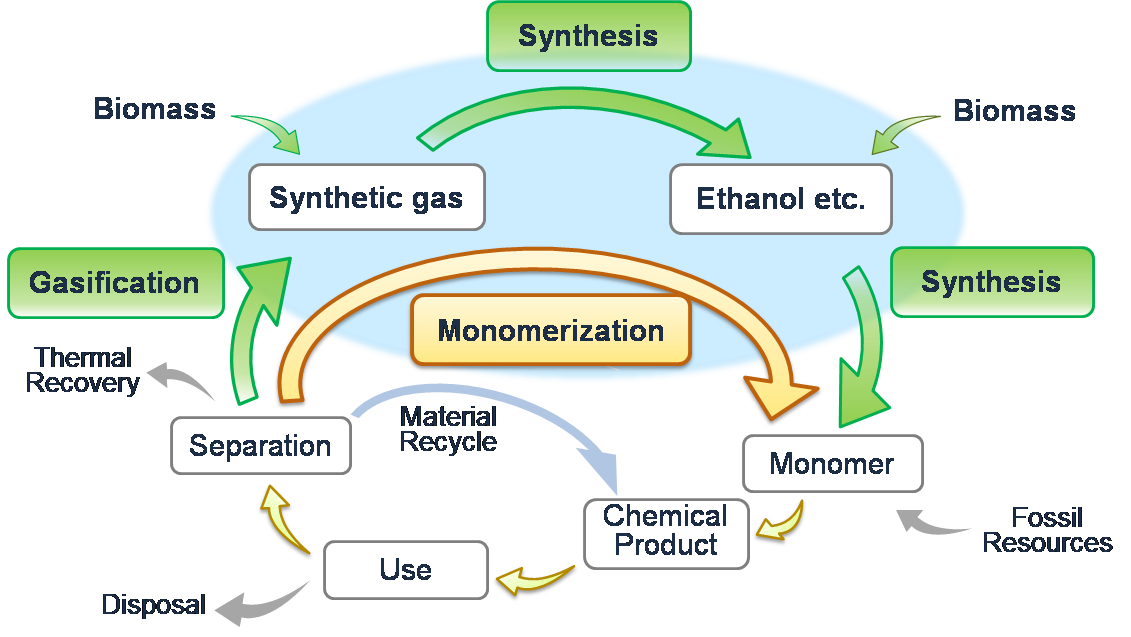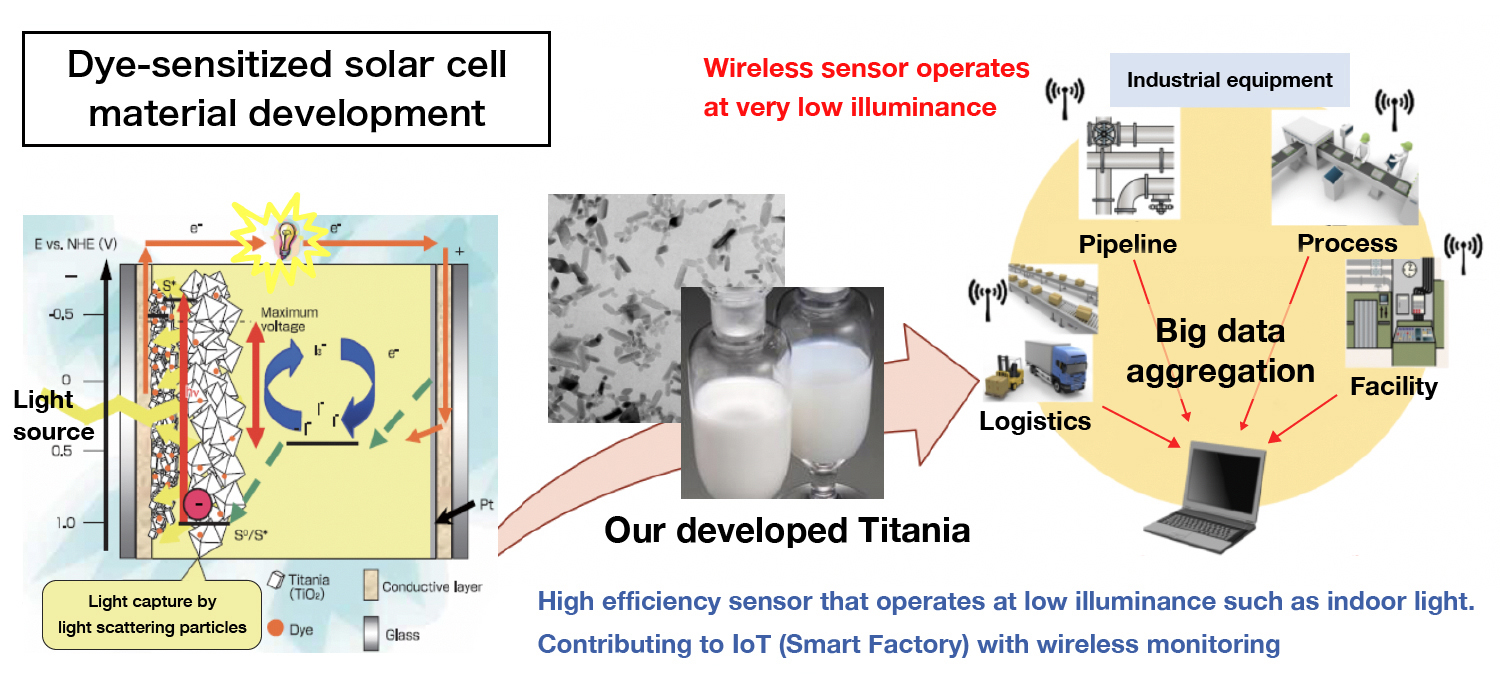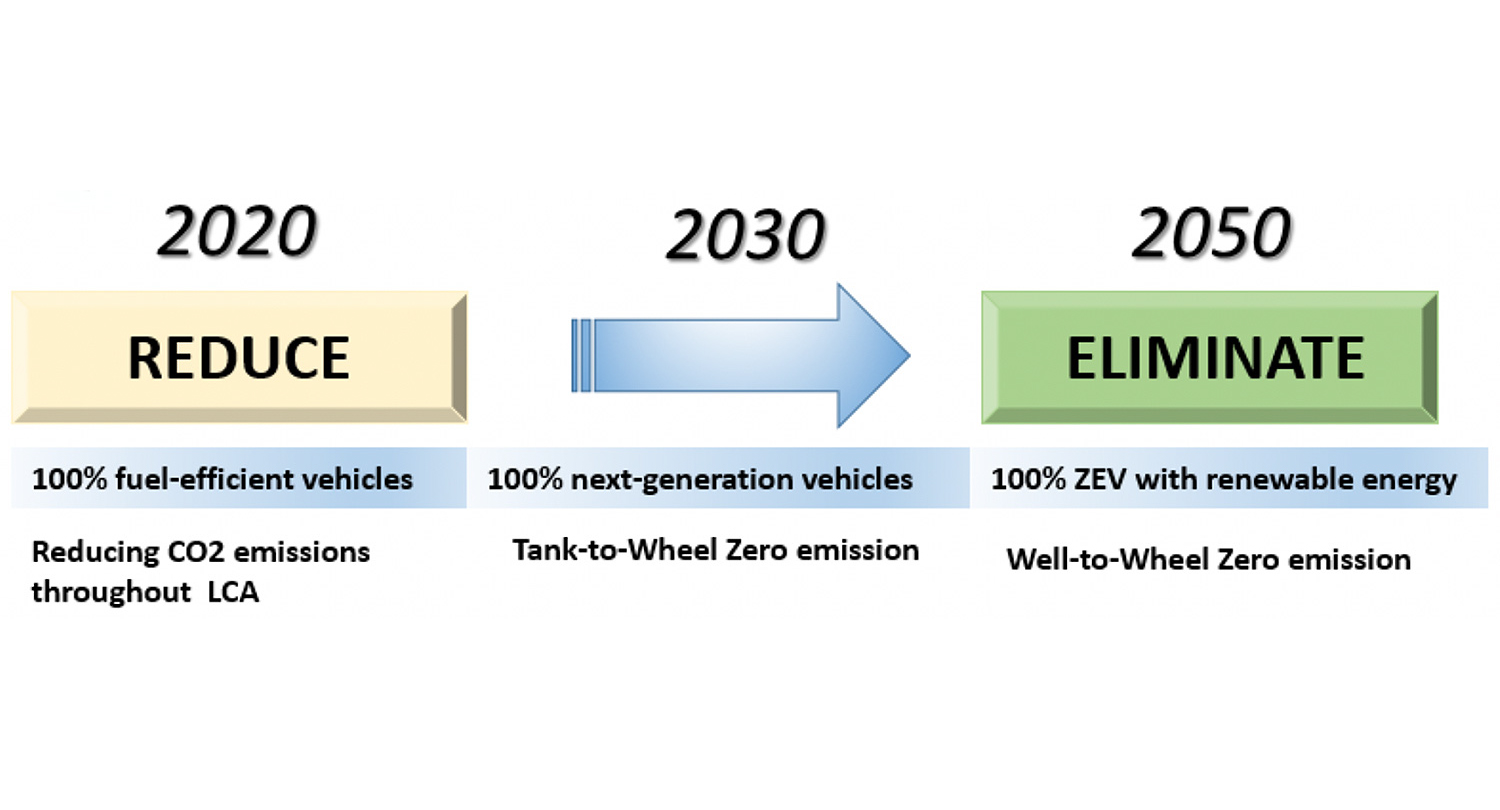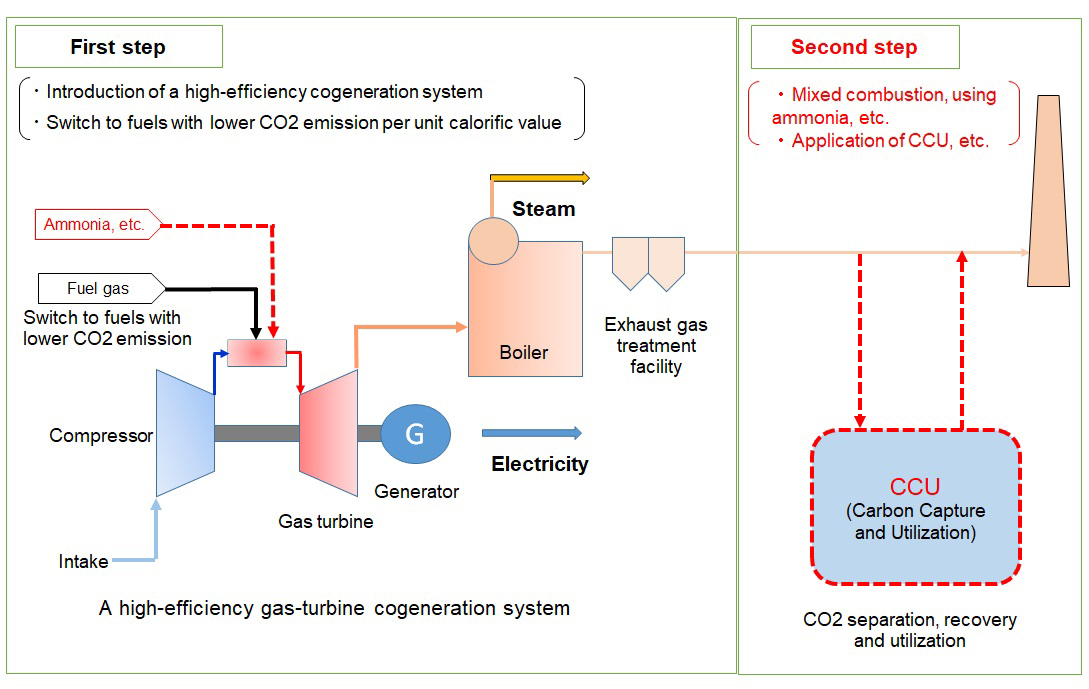High thermal conductive silicon nitride substrate that contributes to improving the reliability of power devices
JGC HOLDINGS CORPORATION
Outline
A semiconductor element, which is a main component of a power device, is mounted on a ceramic substrate and incorporated into a circuit. A semiconductor cannot fulfill its function unless heat generated from the semiconductor is efficiently released to the outside. Therefore, an aluminum nitride ceramics substrate having high thermal conductivity is used for a power device that generates a large amount of heat.
As the output of the power device has increased, the amount of heat generated from the semiconductor has increased, and the reliability of the power device itself has been required to be improved due to the progress of electrification of automobiles and the like. Ceramic substrates have been required not only to have high thermal conductivity but also to improve strength.
To solve this problem, in collaboration with the National Institute of Advanced Industrial Science and Technology, Japan Fine Ceramics Co., Ltd. (JFC), the JGC Group's functional material manufacturing company, have developed a technology to improve the thermal conductivity of a high-strength silicon nitride substrate. We are investing in mass production of silicon nitride substrates with thermal conductivity exceeding 90 W / m · K using this technology.
Description
As the conversion of energy sources, the electrification of automobiles, and the spread of high-speed railways are accelerating, the load on power devices that control the amount of energy is increasing. As a result, heat generated from semiconductor elements, which are main components of power devices, is also increasing. Since heat degrades the function of a semiconductor, a power device has a heat dissipation or cooling mechanism. However, whether the semiconductor element mounted on the ceramic substrate as the insulator is radiated or cooled, the improvement of the thermal conductivity of the ceramic substrate as the heat conduction medium is a major issue.
Aluminum nitride is mainly used as a ceramic substrate having high thermal conductivity, but the reliability decrease due to thermal stress is a weak point. In recent years, due to miniaturization and weight reduction of power devices, semiconductor elements have been arranged in a narrow range and heat generation sources have been concentrated. For this reason, a ceramic substrate having higher heat dissipation and higher reliability has been demanded. Further, in order to improve power device performance, the material of semiconductor elements is changing from silicon to silicon carbide. This silicon carbide semiconductor device is used in a higher temperature range and has a higher thermal stress. Therefore, the need for ceramic substrates that can meet these demands is increasing more and more.
In response to this issue, we focused on silicon nitride ceramics with high strength and reliability, and promoted research and development of this thermal conductivity jointly with the National Institute of Advanced Industrial Science and Technology (AIST). As a result, we were able to develop a manufacturing technology for silicon nitride substrates with a thermal conductivity of 130 W / m · K. We set up a pilot plant in fiscal 2015 to establish mass production technology, and are currently working on construction of a mass production plant targeting silicon nitride substrates with a thermal conductivity of 90 W / m · K.
With the adoption of this substrate mainly for devices for automobiles, we are proud to be able to contribute significantly to the future development of electrification of automobiles and to reduce CO2 emissions. Furthermore, we are promoting the establishment of silicon nitride substrate mass production technology with improved heat conduction performance, and we would like to contribute to the spread of silicon carbide semiconductors with higher energy saving effects.
Other Innovation Challenges
CO2 recovery process using DDR-Type zeolite membranes
JGC HOLDINGS CORPORATION
Contribution of Low Carbon Emission by production of SAF in Japan
JGC HOLDINGS CORPORATION
Development of the process to produce insoluble carbonate
JGC HOLDINGS CORPORATION
Development of titania material for highly efficient dye-sensitized solar cells
JGC HOLDINGS CORPORATION
Promoting safe operation of zero-emission nuclear power plants
JGC HOLDINGS CORPORATION
Similar Innovation Challenges
Achieve 2050 decarbonization target with Net Zero Energy House!
Sekisui House, Ltd.
Achieving net-zero emissions by promoting renewable energy use through both our monozukuri and products.
DAIWA HOUSE INDUSTRY CO., LTD.











